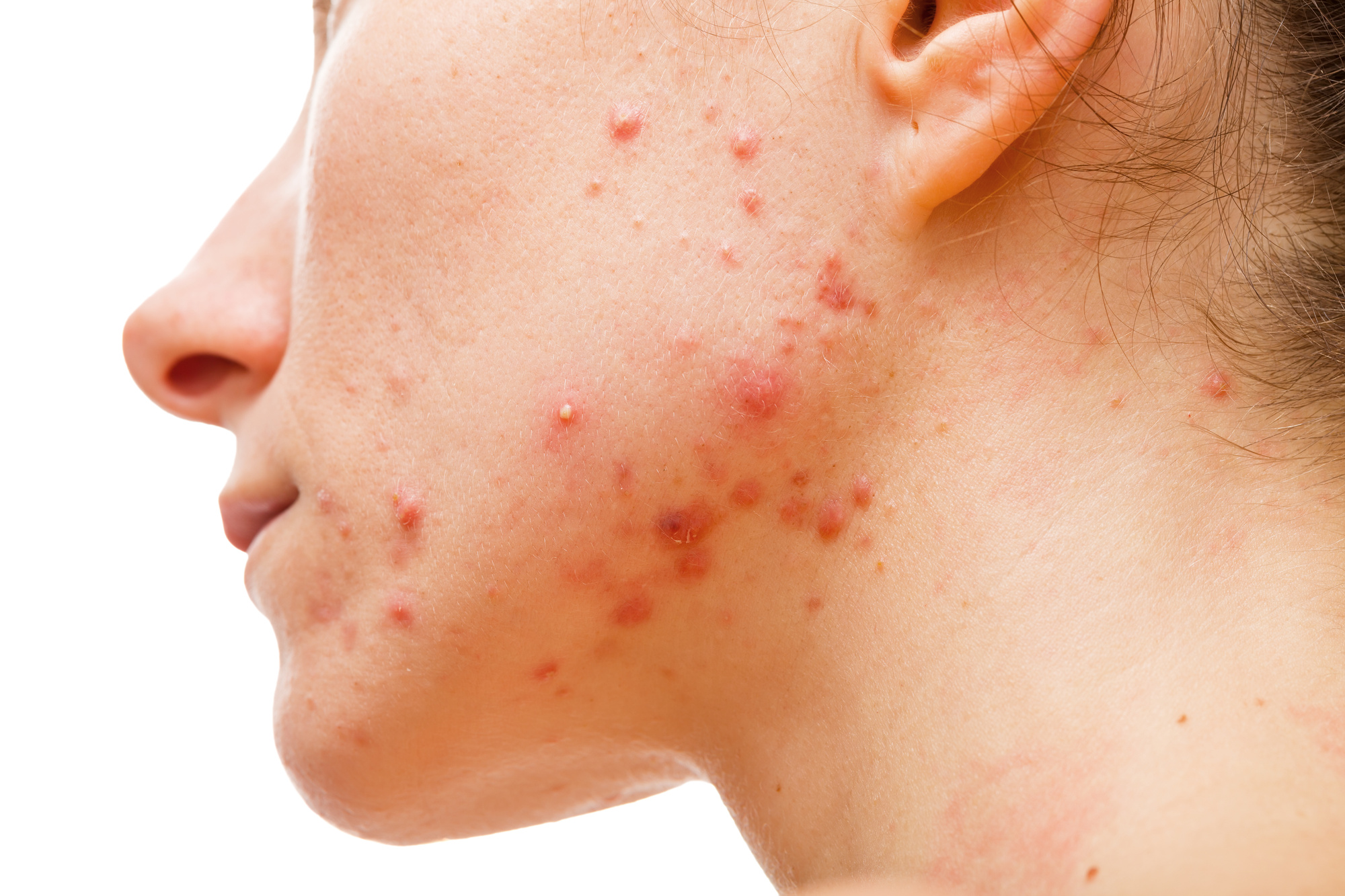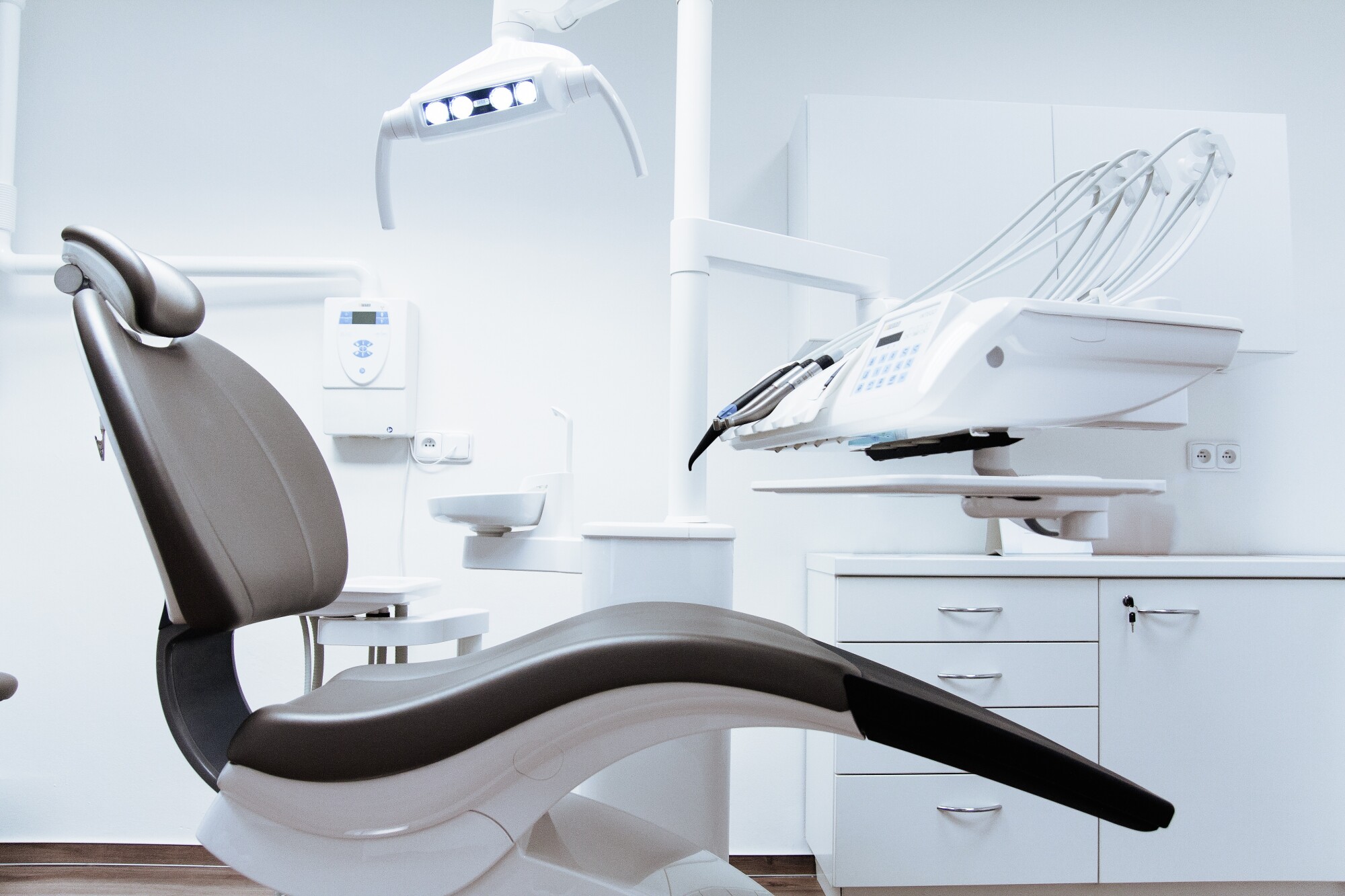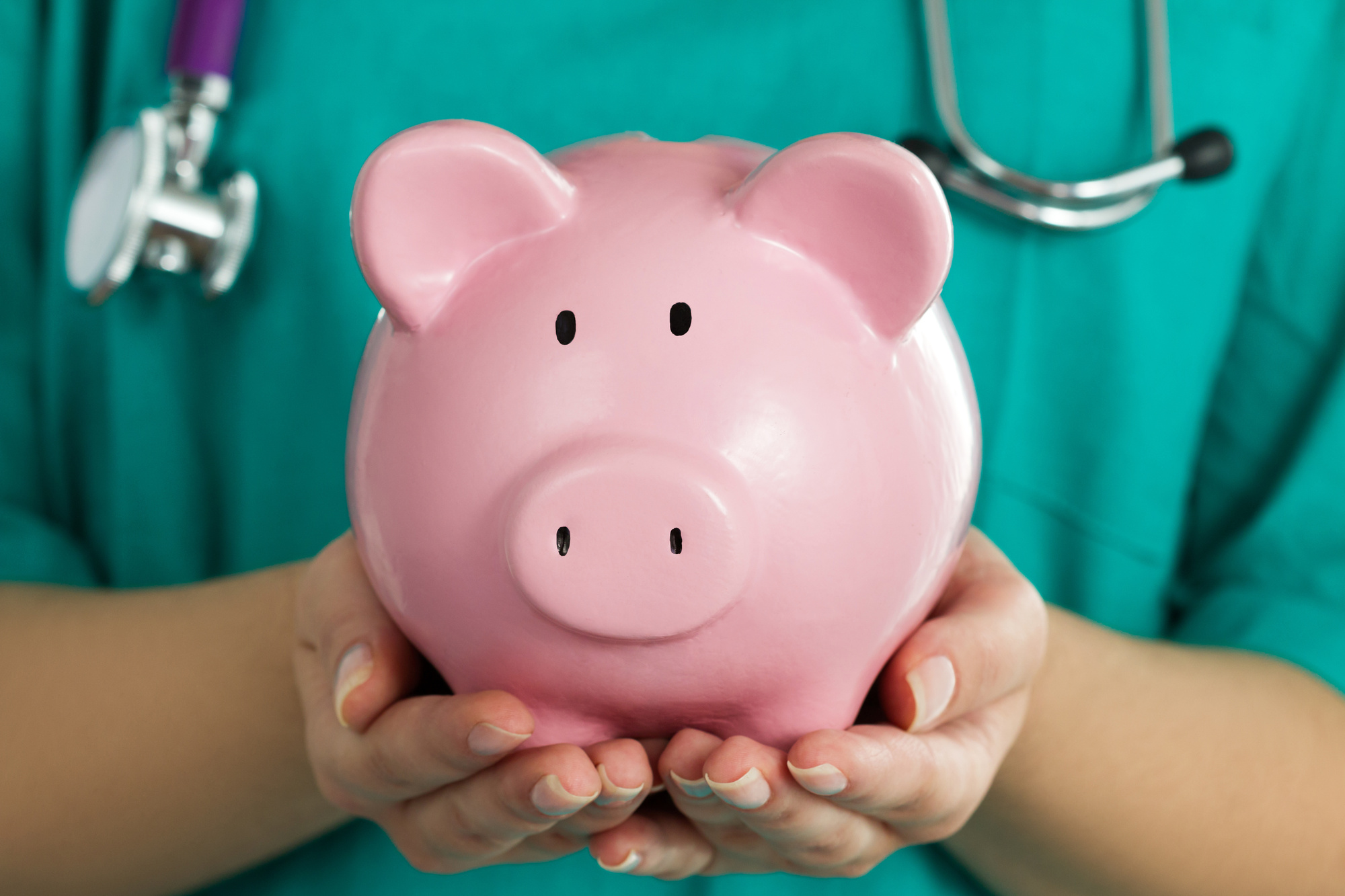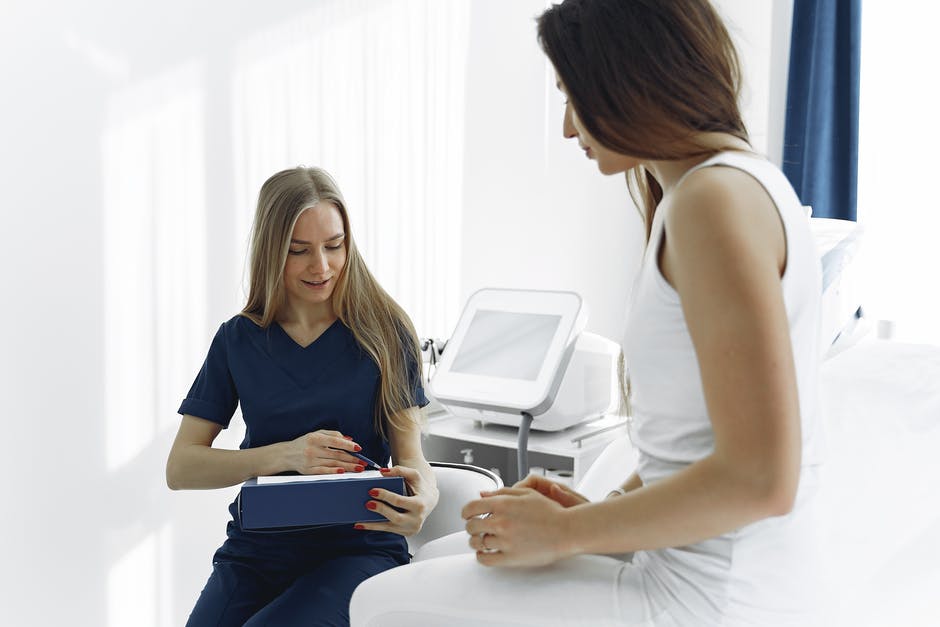What to Do When Cystic Acne Follows You Into Adulthood

Did you know acne is the most common skin condition troubling people? Around 50 million Americans each year struggle with the condition. Are you one of them and currently hating it?
You’re out of your awkward teen years, so what’s the deal?
Unfortunately for many adults, pimples can continue to haunt them into their adult years. What is worse is that for some, cystic acne makes an appearance as we age.
This type of acne causes breakouts that are more painful, more inflamed, and overall more annoying.
Think you might be dealing with this type of acne? Keep reading below for the lowdown of what it is, why you might have it, and what you can do to get rid of it.
The Basics
Your average pimple occurs when a pore gets clogged on your skin. This mostly happens due to dead skins cells. In the process, bacteria can become trapped too.
Regular acne spots often come to a head or have a little white spot on the top. It’s what makes it so hard to avoid popping.
Below we lay out how cystic acne differs from milder acne forms.
What
Acne in the cystic form consists of inflamed bumps that are usually deeper in the skin than regular pimples. The bump can be tender and very red. Usually, these bumps are filled with pus.
In addition to painful tenderness, these acne bumps can also itch. While it may feel food to scratch, avoid touching the inflamed spots.
If a cyst happens to burst under the skin, it can spread the inflammation and infection. This means even more painful acne spots!
Because the bumps are so deep, scars often form.
Who and Where
People in their late teen years or early to mid 20’s most often deal with cystic pimples. But it’s not impossible for those younger or older to struggle with it.
Even people who didn’t have acne as a teenager can struggle with it as adults.
This type of acne mostly occurs on the face, but it can appear elsewhere. Some people struggle with it on their backs, shoulders, and arms.
Causes
There is no 100% proven theory about what causes cystic pimples. One main culprit that seems to play a large role, however, is hormones. This is because hormone changes can lead to oil production changes.
So if there are changes in hormones, you may notice your skin become more or less oily. More oil often can cause issues if your skincare regiment isn’t perfect.
When oil glands are blocked up, acne can pop up. When bacteria are trapped under the skin, the result is usually cystic pimples.
Because of the link to hormones, women can deal with breakouts around their menstrual cycle, pregnancy, and menopause.
At Home Treatment Options
There are a few at home steps you can take to manage your acne. Look for products that contain salicylic acid. This will help you exfoliate and remove excess oil. If you have dryer skin, don’t use it every day.
Cystic pimples cause pain due to the inflammation. To decrease this, use an ice cube on the spot. Wrap it in a paper towel (never put ice directly on skin!).
Apply for ten minutes, then break for ten minutes. You can repeat this a few times.
Benzoyl peroxide can help kill harmful bacteria causing the large cysts. Be mindful of the product you are using. It’s a good idea to start with a lower percentage of benzoyl peroxide.
Higher amounts can be very drying. Always use a moisturizer in conjunction with this product.
Hydrocortisone products can help reduce redness as well. This is helpful if you wake up with a large spot and have an important event later in the day.
Let a dollop of the product sit on top of the spot and work its magic.
Medical Treatments
Fortunately, there are many acne treatments available on the market.
Work with your doctor and dermatologist to determine what treatment plan makes the most sense for you. Oral antibiotics help many patients deal with bacteria and inflammation.
Women go on the pill to regulate their hormones and cycle. This minimizes the large fluctuations that occur monthly with menstruation.
One popular treatment option is Isotretinoin (commonly known as Accutane). This drug is very powerful in treating severe cystic pimples. Before considering this, do your research.
There are many steps you will be required to follow while on Accutane. This includes regular doctor appointments and watching your diet.
If you are struggling with existing scars, there are also medical steps you can take. Laser treatments for resurfacing can minimize pitting and red marks commonly left after battling cystic pimples.
Lifestyle Changes to Defeat Cystic Acne
Medication can do a lot for severe acne, but there are also a few lifestyle changes you can try.
Number one is eliminating or at least minimizing your dairy consumption. For some people, dairy seems to aggravate acne. An easy switch is to use coconut or almond milk in place of cow’s milk.
Make sure to choose a high-quality non-dairy milk though. Maintaining proper calcium levels is important!
Avoiding high-glycemic foods can also help sooth cystic pimples. High amounts of starch and sugar often signal highly processed foods. Processed food usually contains a lot of preservatives and other additives that are not good for your skin.
Keeping active with exercise and staying hydrated can also minimize acne flare-ups. Keep tabs on your stress levels. Stress equals cortisol (also a hormone).
If you are dealing with a lot of stress, find ways to relax. Yoga, meditation, and massages are all perfect options.
Clear Skin is Possible
Nobody likes waking up with a new breakout. And cystic acne can be particularly challenging to deal with. While there is no quick fix or overnight cure, we hope this information has been helpful and encouraging.
It’s important to remember you aren’t alone in your acne struggles.
Looking for more helpful tips for radiant skin? Check out our list of top vitamins and supplements!



